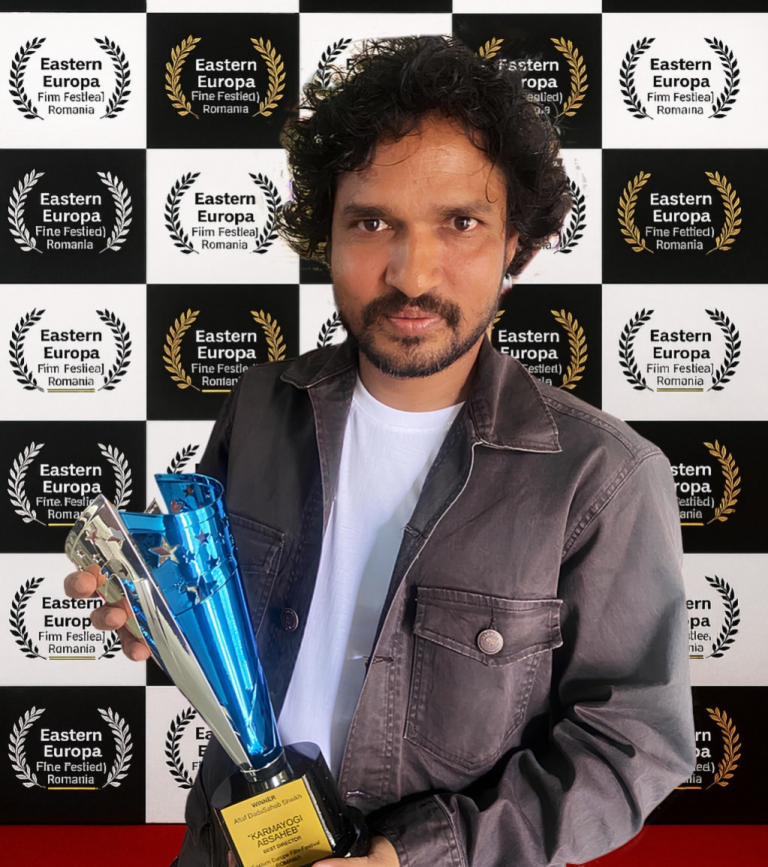
Ashreeta Mohanty
Do you know that feeling when you’re expected to come up with a great idea and you have a creative downfall? You just can’t think of anything and really struggle with generating great ideas?
I guess we all have had those frustrating moments at least once in our lifetime when we try to come up with ideas and can’t think of anything. Then we anxiously turn to others for help. When our ideas fail to materialize, a feeling of obvious frustration and irritability arises.
As a writer, I’m quite familiar with this feeling that holds me back from creating. And I’ve also learned what it takes to unblock the limiting beliefs that keep us stuck.
It is said, “The worst enemy to creativity is self-doubt.” And here’s one thing I want all of you to know: there might be external circumstances or situations that are out of our control, but when we look within, we can always find that missing piece.
A lot of psychologists argue that creativity isn’t something people are born with; it’s a skill like any other that can be learned. It’s a skill that you can train like muscle memory, and practice will help you to get better.
Let’s understand the root causes of such unpleasant conditions and how we can overcome them.
From different points of view, recognizing the signs of a creative breakdown can vary.
For some, it may manifest as a sudden lack of motivation or enthusiasm towards their craft.
Others may experience a sense of self-doubt and perfectionism, constantly questioning the quality of their work and feeling like nothing they create is good enough.
Brené Brown famously said, “There is no innovation and creativity without failure.” I had a lot of moments where I tried really hard to be creative and failed.
- Lack of Inspiration: One of the most common indicators of a creative breakdown is a significant decrease in inspiration.
For example, a writer who used to fill pages with ease might find themselves staring at a blank screen for hours without any words coming to mind.
But in my observation, we should not wait for any motivation. It comes naturally while working. If we keep doing what we love to do, we can reach a point where we will be back to our original pace and form.
- Loss of Joy: When creativity becomes more of a chore than a source of joy, it could be a sign that you’re experiencing a creative breakdown.
Suppose a painter who once found solace in their art suddenly feels disconnected from their work and struggles to find pleasure in the process.
“The creative process is a process of surrender, not control.” When we surrender ourselves to the art form, when we show respect towards it, it surely gives us back in abundance.
- Repetitive Patterns: Another indication of a creative breakdown is falling into repetitive patterns or relying on familiar techniques and ideas.
For instance, a photographer who consistently captures the same subjects or uses similar compositions may be stuck in a creative rut.
“You can be cautious, or you can be creative, but there’s no such thing as a cautious creative.”
You need to keep your mind free, open, and broad to be able to create something magical. A cautious approach will lead you nowhere. In my point of view, your love for creativity will always find its way out even if you are working on a similar aspect.
- Self-Criticism: Excessive self-criticism and perfectionism are often intertwined with a creative breakdown. Artists may become overly critical of their work, constantly comparing themselves to others and feeling inadequate. This self-doubt can hinder the creative process and prevent new ideas from flourishing.
Remember, confidence contributes immensely to creative stagnation. When individuals lack confidence in their abilities, they may be hesitant to create and share their work.
One way to combat this is to practice self-compassion and remind yourself of past successes. By focusing on past successes, you can boost your confidence and feel more comfortable taking creative risks.
A creative life is an amplified life, a much bigger, happier, lot more interesting, and expanded life. So do not waste it by self-doubting. Creativity demands lots of patience. Interestingly enough, creativity has a similar phenomenon to happiness. When you share, it gets multiplied. The more you use it, the more you have it.
Overall, creative stagnation is a common problem that can be overcome. By identifying the causes of creative stagnation, individuals can find ways to combat it and unleash their creativity.
I hope this article helps young creators who sometimes fall into the trap of a creative block. Do not hesitate to share your experiences about dealing with creative breakdown with us.





